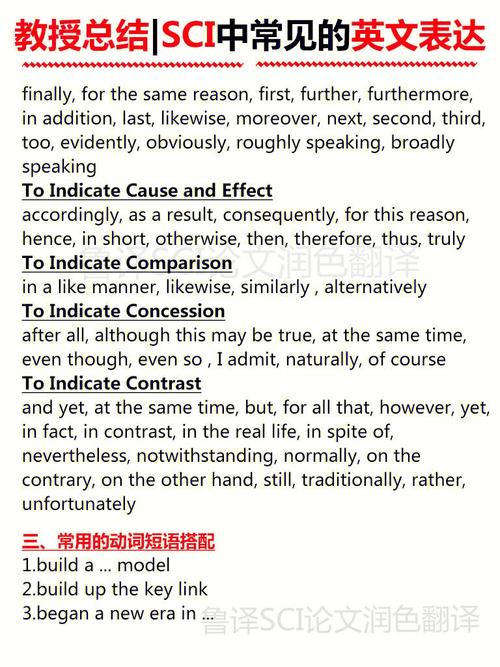
Argentina Before the Industrial Revolution
Argentina, a vast and diverse country located in South America, has a rich history that predates the Industrial Revolution. Before the late 18th century, the region was inhabited by various indigenous tribes, and the landscape was characterized by its natural beauty and abundant resources. This article will delve into the social, economic, and cultural aspects of Argentina before the Industrial Revolution, providing a comprehensive overview of the country’s pre-industrial era.
Indigenous Societies
Before the arrival of Europeans, Argentina was home to a multitude of indigenous tribes, each with its own unique culture and way of life. The most prominent among these were the Guarani, the Mapuche, and the Quechua. These tribes lived in harmony with their environment, relying on agriculture, hunting, and gathering for sustenance. Their societies were organized into chiefdoms and were known for their intricate social structures and rich oral traditions.

European Arrival and Conquest
The arrival of European explorers in the 16th century marked the beginning of a new era for Argentina. The Spanish conquistadors, led by Juan D铆az de Sol铆s, were the first Europeans to set foot on the Argentine coast. Over the following centuries, Spain established a strong presence in the region, bringing with them Christianity, Spanish language, and customs. The indigenous populations were subjected to forced labor and, in many cases, were wiped out by diseases brought by the Europeans.
The Viceroyalty of the R铆o de la Plata
In 1776, Argentina became part of the Viceroyalty of the R铆o de la Plata, a Spanish colony that encompassed present-day Argentina, Uruguay, Paraguay, and parts of Bolivia and Brazil. The viceroyalty was a melting pot of cultures, with Spanish, indigenous, and African influences. The economy was primarily based on agriculture, with crops such as wheat, barley, and tobacco being the main exports. The social structure was rigid, with a small elite of Spanish descent dominating the political and economic landscape.
Slavery and the Encomienda System
Slavery was a significant part of Argentina’s pre-industrial economy. The encomienda system, a form of labor exploitation, was introduced by the Spanish crown. Under this system, indigenous people were forced to work for Spanish landowners in exchange for protection and religious instruction. Slavery was also prevalent among African slaves, who were brought to Argentina to work on plantations and in mines. The harsh conditions of slavery led to numerous rebellions and uprisings, most notably the Tupac Amaru II rebellion in 1780.
The Economy
Before the Industrial Revolution, Argentina’s economy was primarily agrarian, with agriculture being the backbone of the nation’s wealth. The country’s fertile soil and favorable climate allowed for the cultivation of a wide variety of crops, including wheat, barley, rice, and sugar cane. The cattle industry was also crucial, with vast herds of cattle being raised for meat and leather. The ports of Buenos Aires and Montevideo were important trading hubs, with ships exporting goods to Europe and the Caribbean.
Culture and Society
Argentina’s pre-industrial culture was a blend of Spanish, indigenous, and African influences. The country’s music, dance, and literature reflected the diverse backgrounds of its people. The tango, a popular dance and music genre, originated in the late 19th century and became a symbol of Argentine identity. The social structure was hierarchical, with a small elite enjoying wealth and power while the majority of the population lived in poverty.
Conclusion
Argentina before the Industrial Revolution was a land of diverse cultures, rich resources, and complex social structures. The country’s pre-industrial era was marked by the struggle for survival, the exploitation of indigenous and African peoples, and the rise of a small elite. The period laid the foundation for Argentina’s future development, setting the stage for the country’s transformation into a modern nation.



